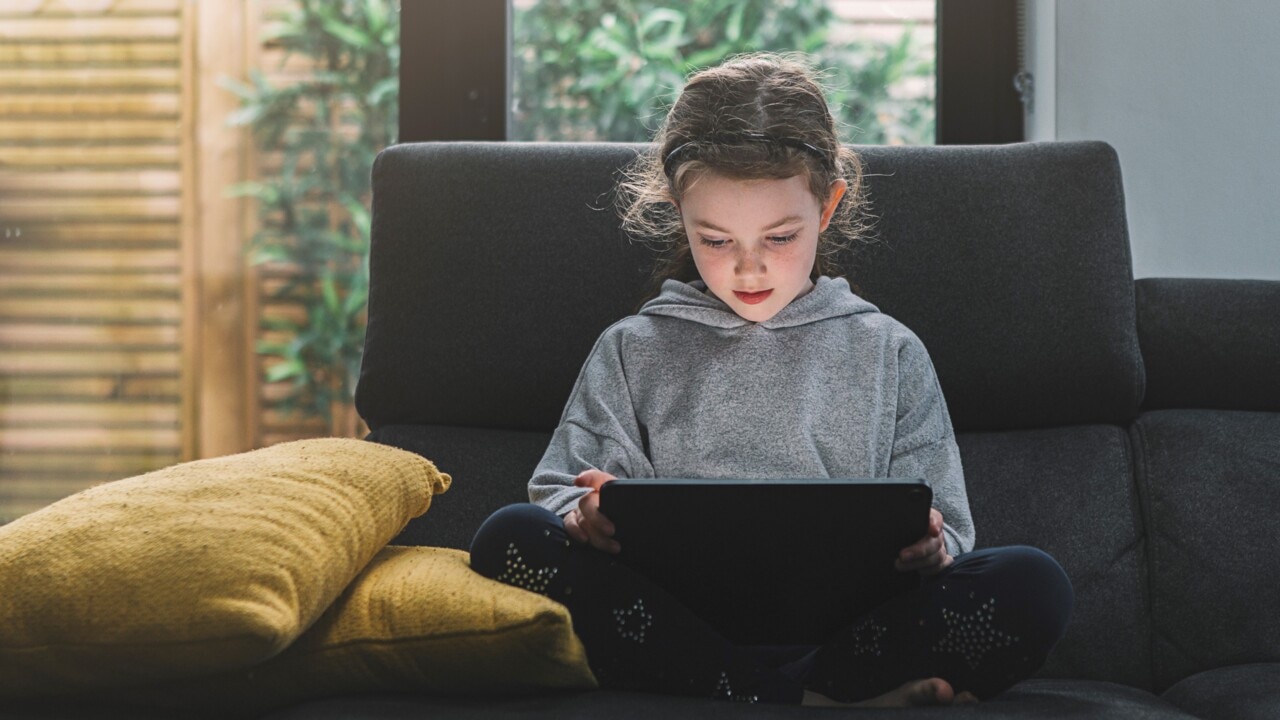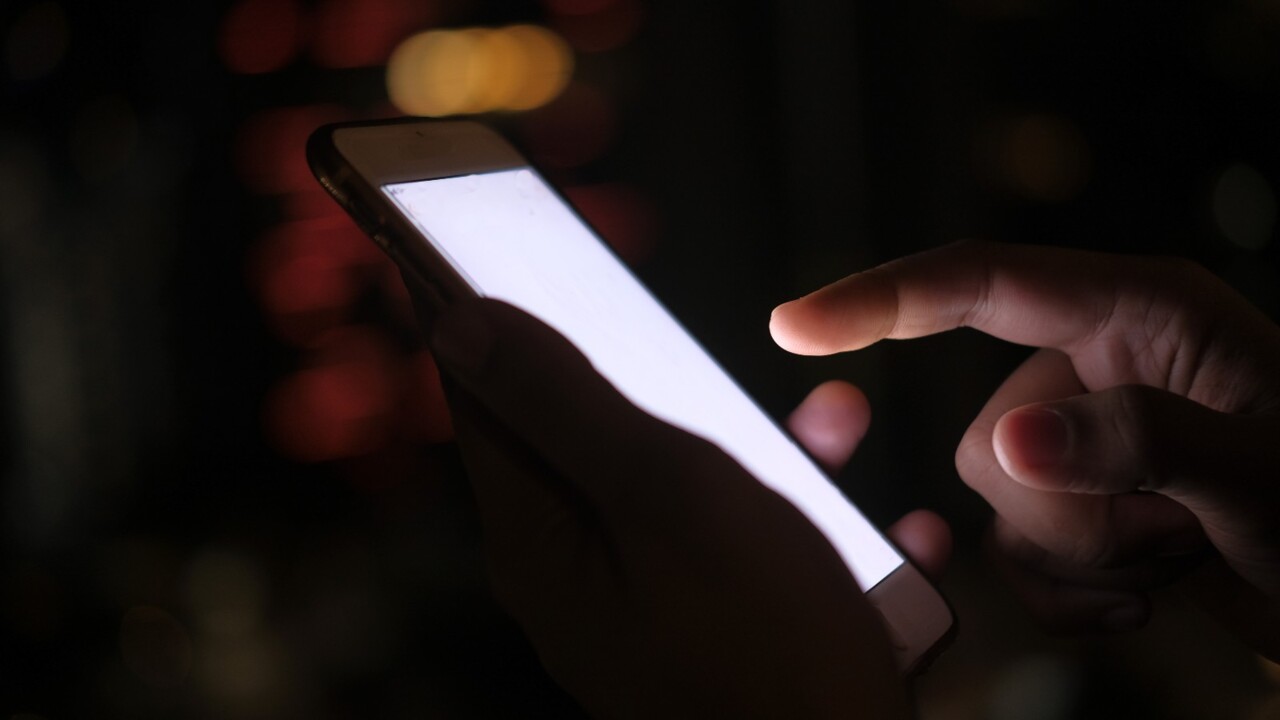'Like turning your favourite dessert into your least favourite vegetable': The viral grayscale hack helping parents curb kids' screen time
If you're tired of your kids begging for your phone- or find yourself glued to it too often- this simple, colour-draining trick might just be the reset your family needs.

Whether you've got little ones constantly reaching for your phone or you've caught yourself mindlessly scrolling for far too long, there's a surprisingly simple solution gaining traction online, and it could help the whole household.
The trick? Turning your phone display to grayscale.
It's a feature that’s been around for years, but it's recently found new life thanks to a viral video from wellness guru Mel Robbins.


In the clip, shared with her 4.6 million TikTok followers, Robbins encourages viewers to give the colourless mode a try, calling it "This simple trick will cut your screen time in half!"
"I want you to intentionally try to turn your phone to greyscale," she says in the clip.
"When people like you and me just switch the phone to black and white and greyscale, it reduces your screen time for 50 minutes," she adds, citing a study by EI University in Madrid.
"You're going to look at it (your phone) and be like, 'Ew, that's not fun to look at. All those influencers don't look so tanned and amazing and fabulous when it's on greyscale'," she quips.
"When you strip away the colours, your phone is very boring. You'll now see your phone for what it should be, which is a tool."
That message is now resonating with parents around the world- especially those struggling to keep their kids off screens.
Social movement Go Grey champions the hack as a low-effort but high-impact strategy.
The group says using greyscale is "like turning your favourite dessert into your least favourite vegetable".
Unsurprisingly, screen addiction in kids is a growing concern.

According to the Australian Institute of Family Studies, most Aussie children exceed the national screen time guidelines.
These include no screen time for children under two, a maximum of one hour for those aged two to five, and no more than two hours of recreational screen use daily for kids aged five to 17.
But the stats suggest only 17 to 23 per cent of preschoolers- and just 15 per cent of five to 12-year-olds- are sticking to these limits.
Screen use also tends to spike between ages 10 and 14, particularly among boys.

Dr Nick Fuller, Research Program Leader at the University of Sydney's Charles Perkins Centre, says the issue is complex.
"Screen time helps kids learn, develop creativity and supports social interaction and connection," he explains.
"But too much screen time can negatively impact your child- not just their development but their physical health, too."
Parental control app Ohana suggests parents trial the greyscale mode themselves before sharing it with their kids.
"See how you feel when the colourful apps and games are just shades of grey," the app's creators advise.
"This firsthand experience will not only give you a sense of what your kid will be going through, but it will also help you empathise with them and guide them through this change."
They also recommend using greyscale at certain times of day- such as homework hour or dinner- as a gentle nudge to step away from the screen.
"Instead of completely taking away their phone, which we know can cause conflict, you can switch their screens to grayscale.
"It's a less drastic, but often equally effective method to curb excessive screen use."

How to enable greyscale mode:
On iPhone: Go to Settings > Accessibility > Display & Text Size > Colour Filters. Turn on Colour Filters and select Greyscale.
On Android: Swipe down with two fingers to open Quick Settings, tap the Pen icon, and drag the Grayscale icon into your panel for easy access.
It may not solve every digital dilemma, but turning down the colour might just help turn down the temptation- for you and your kids.
